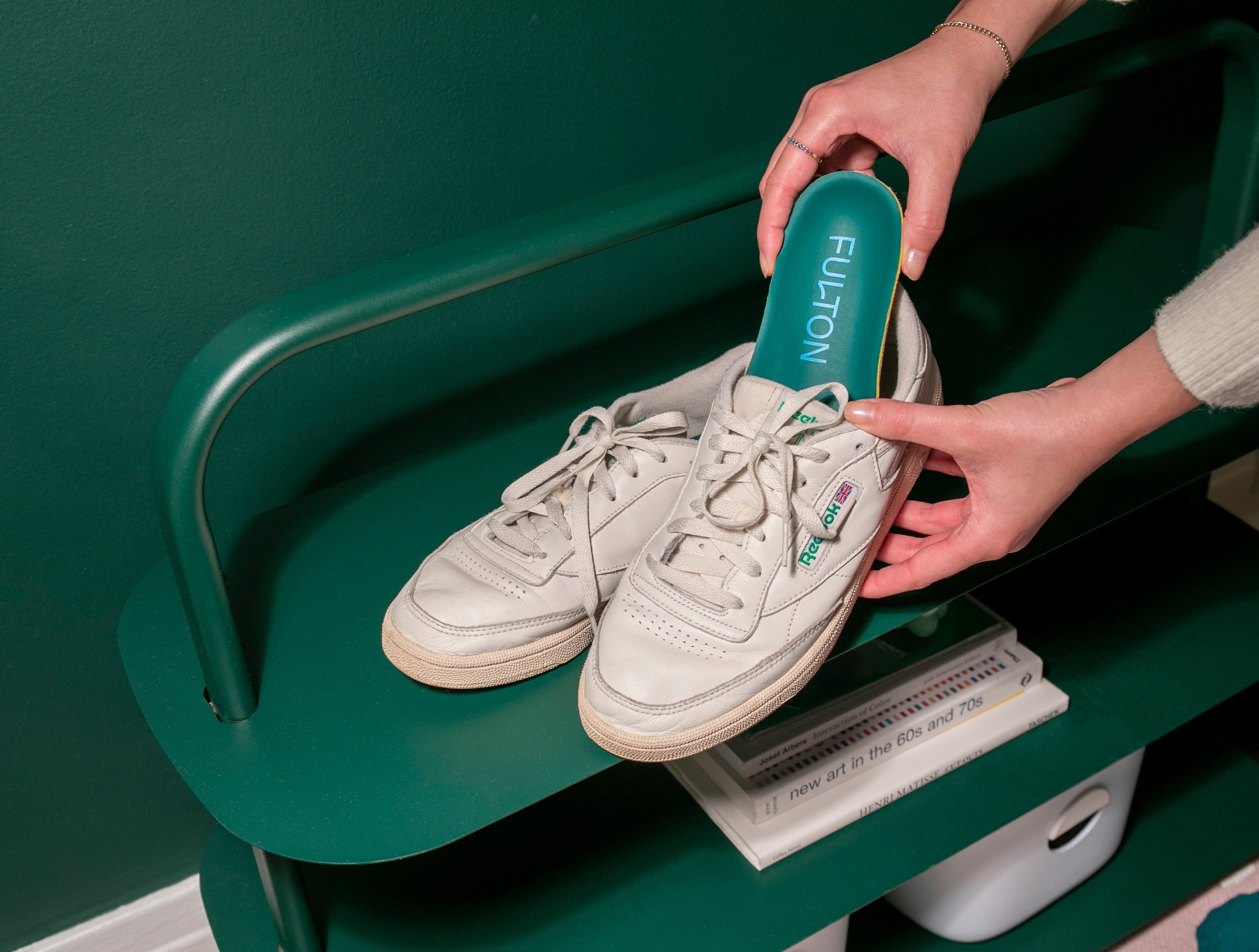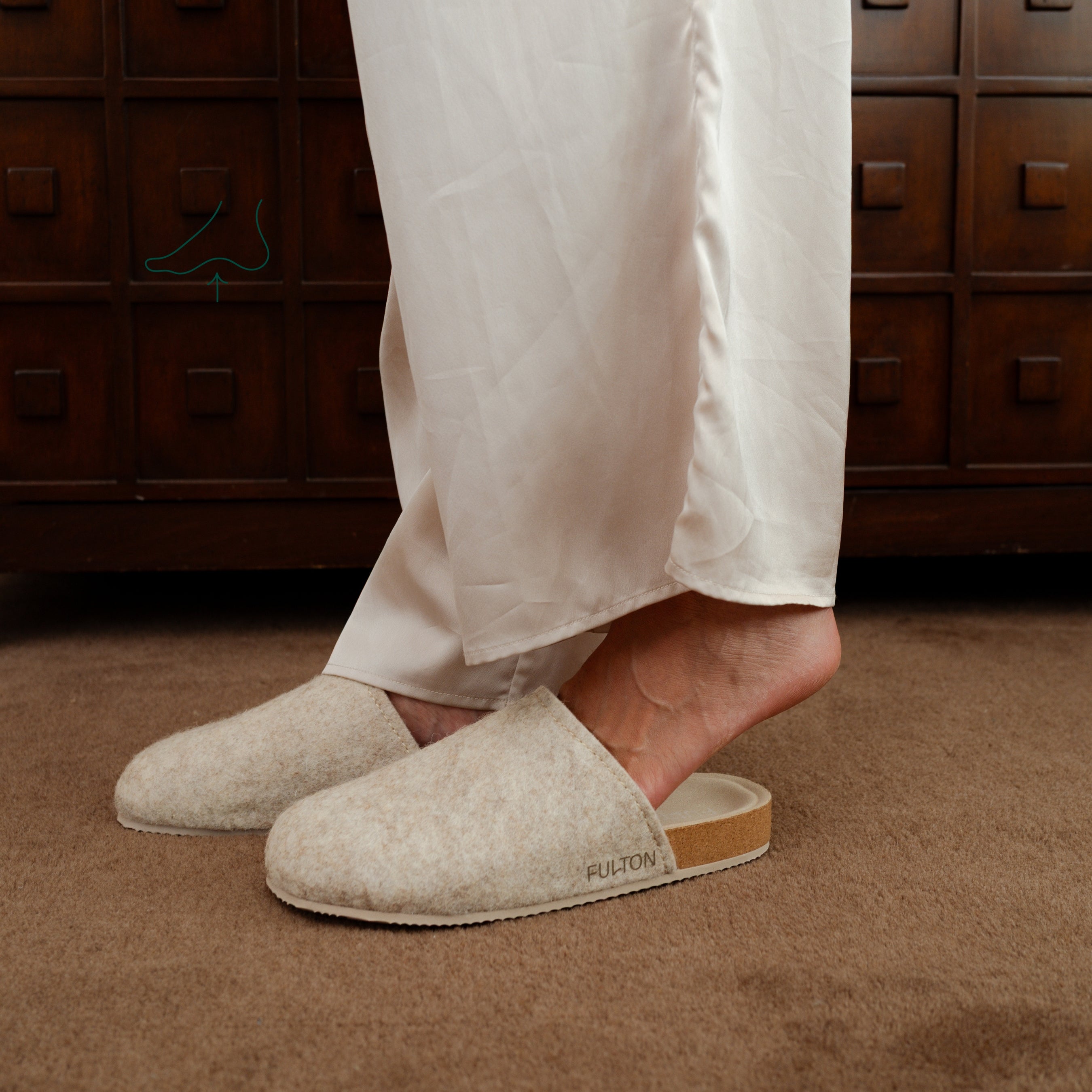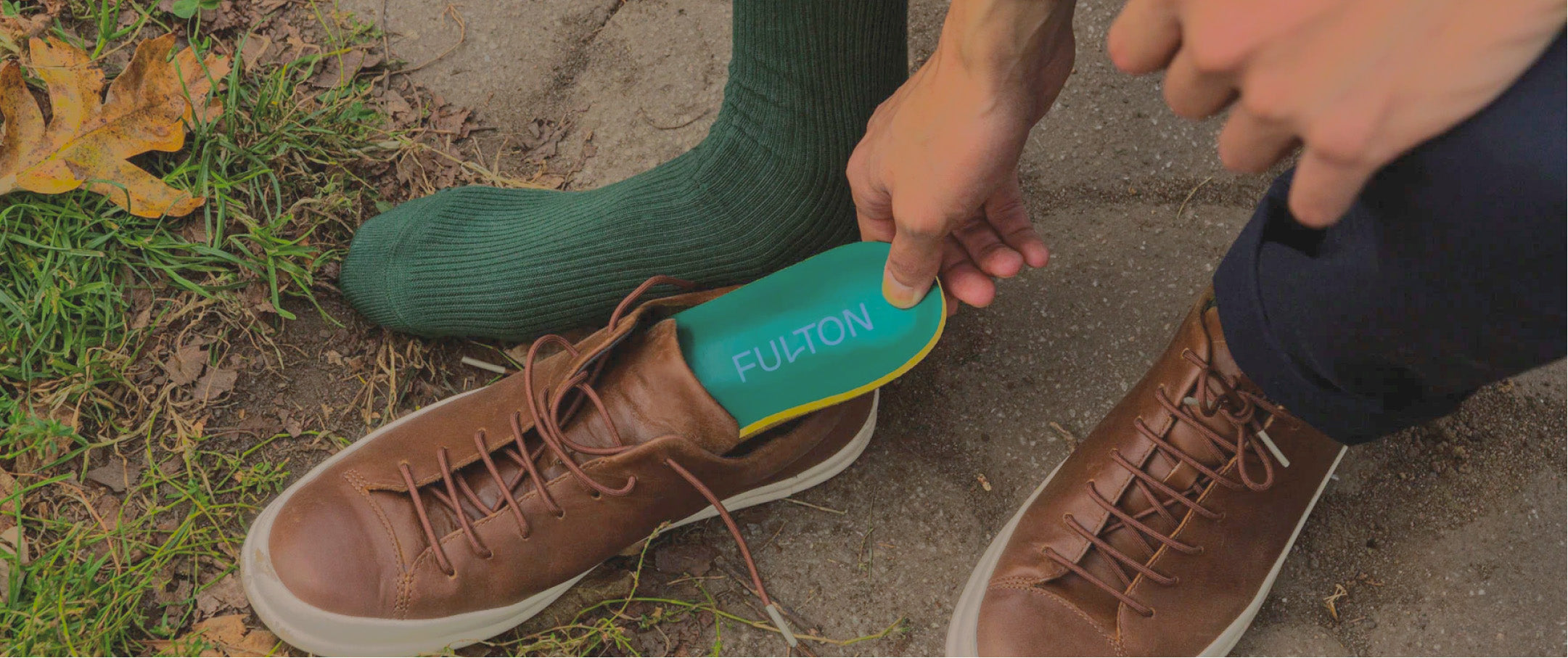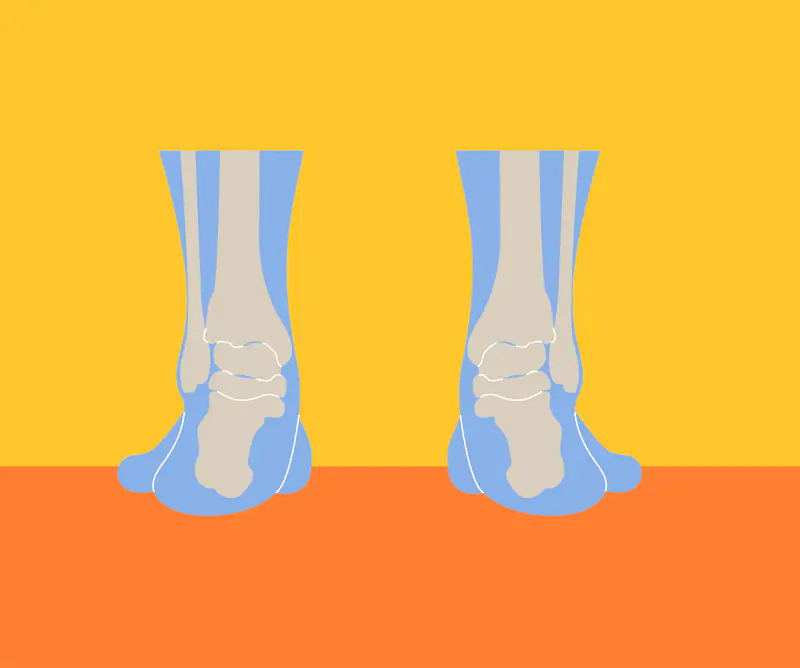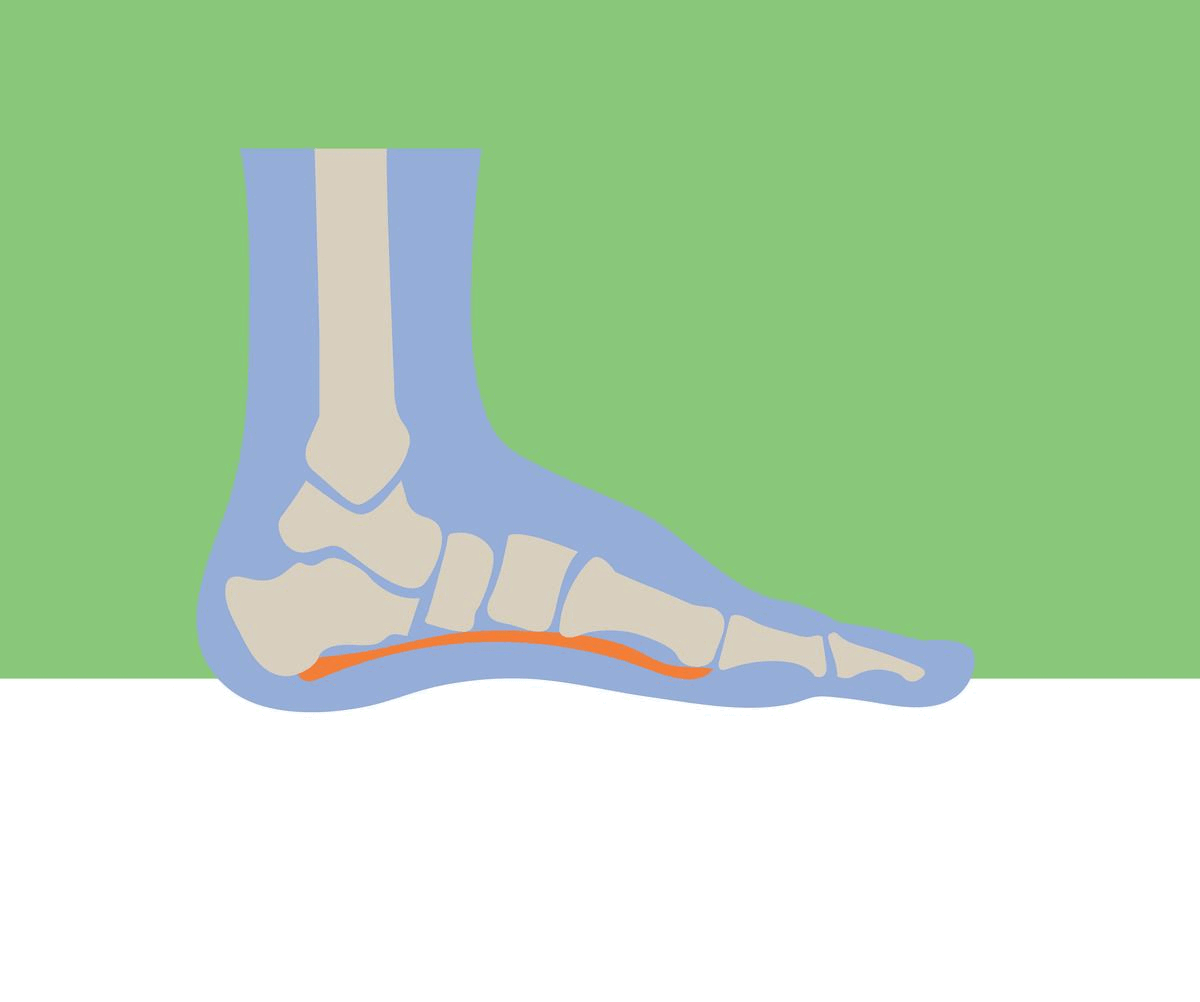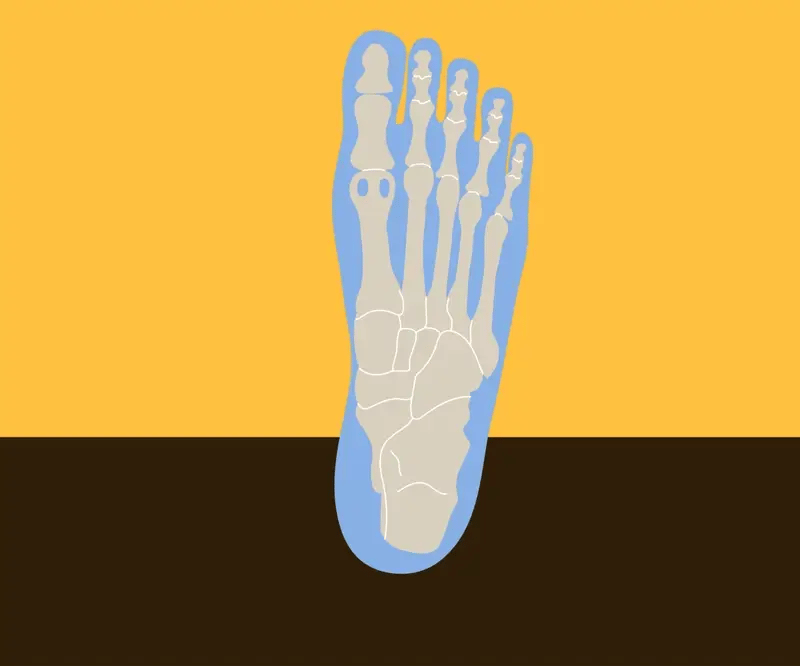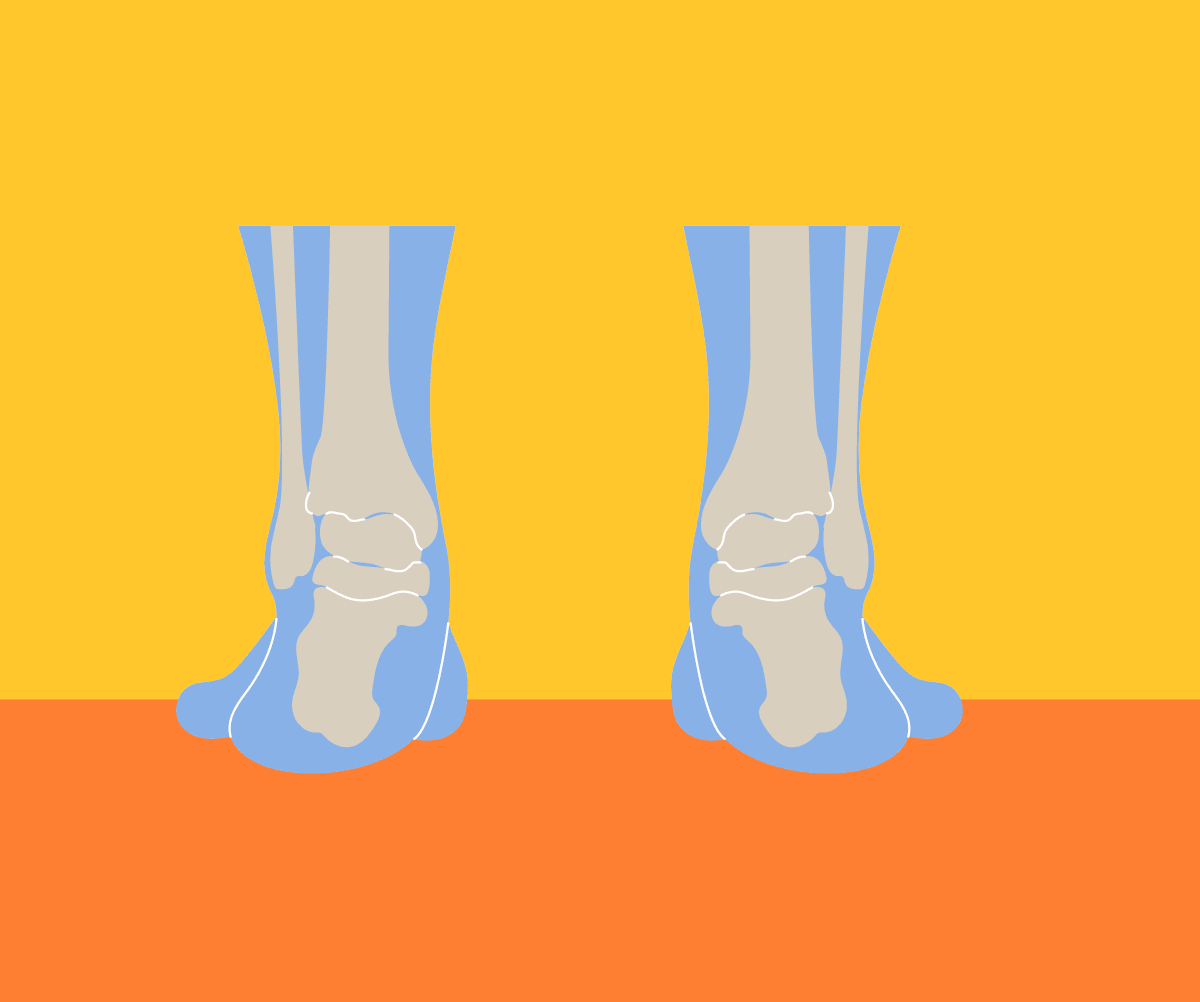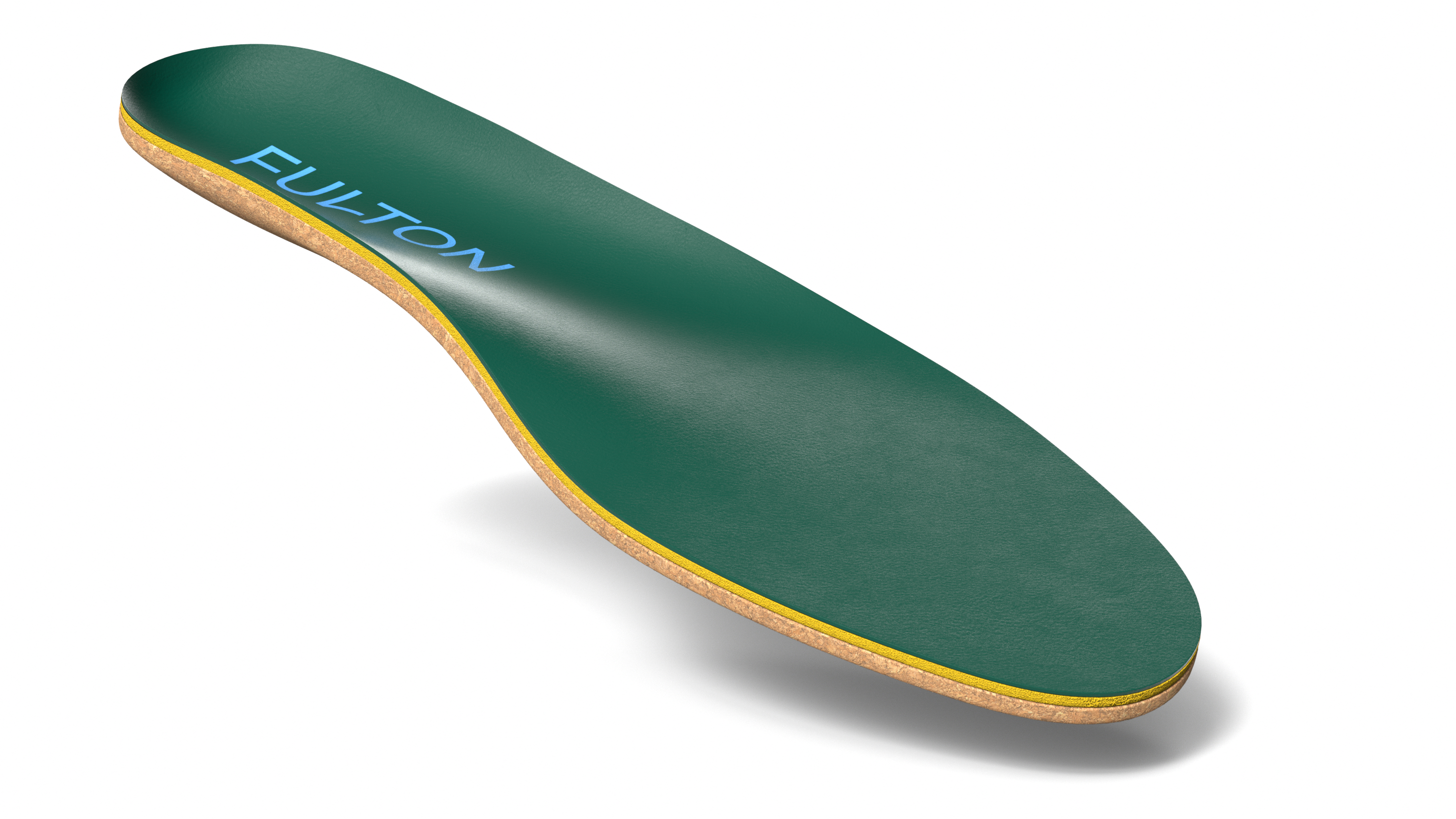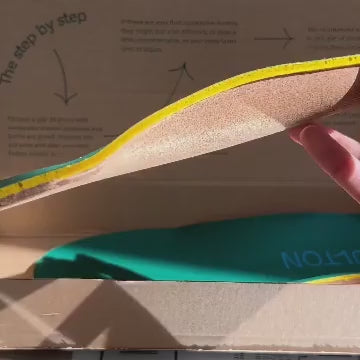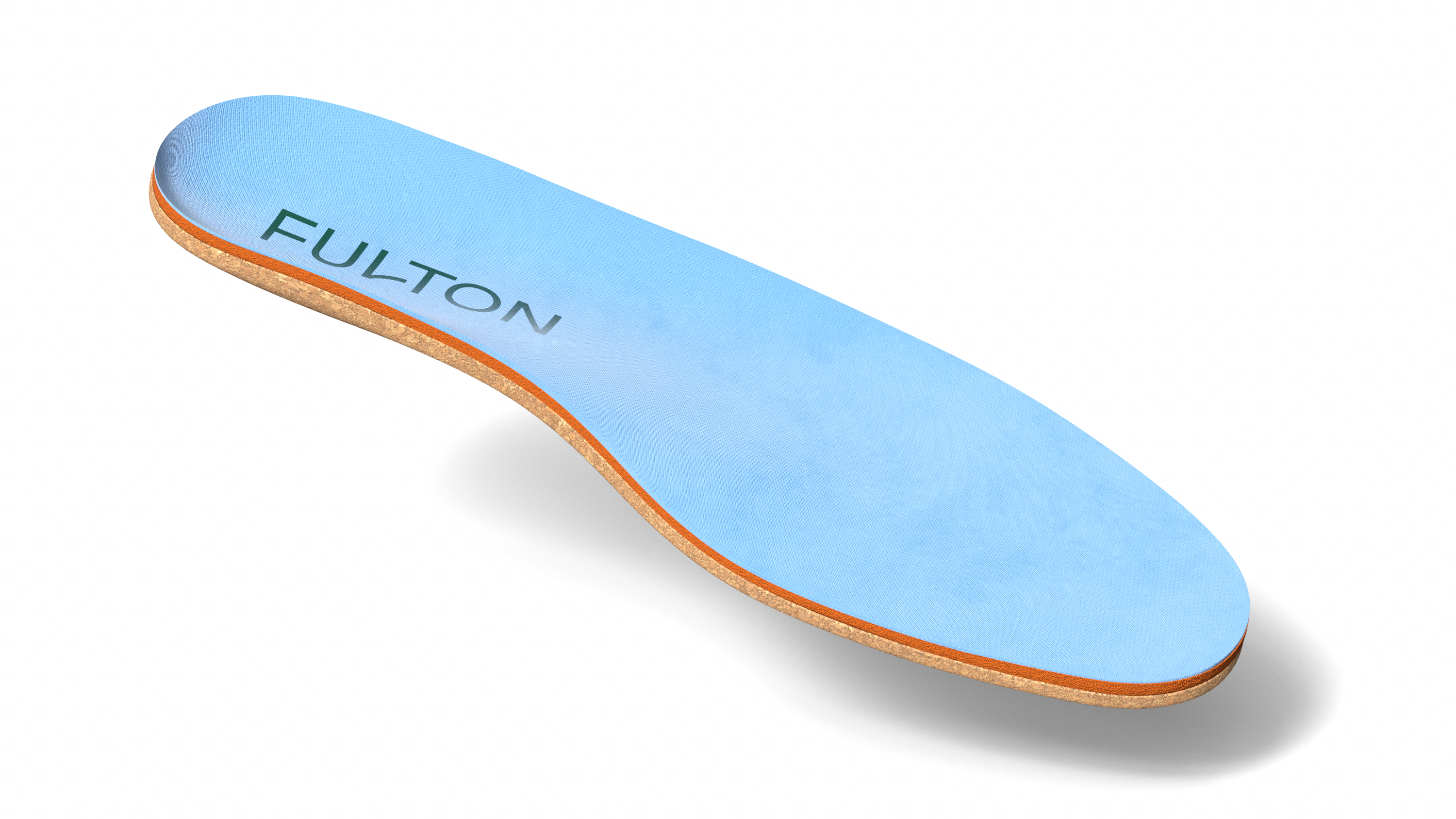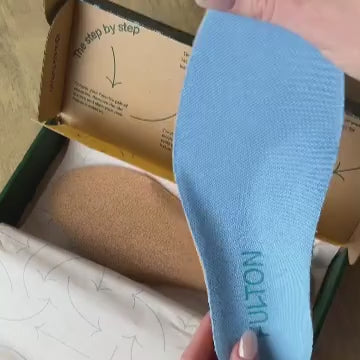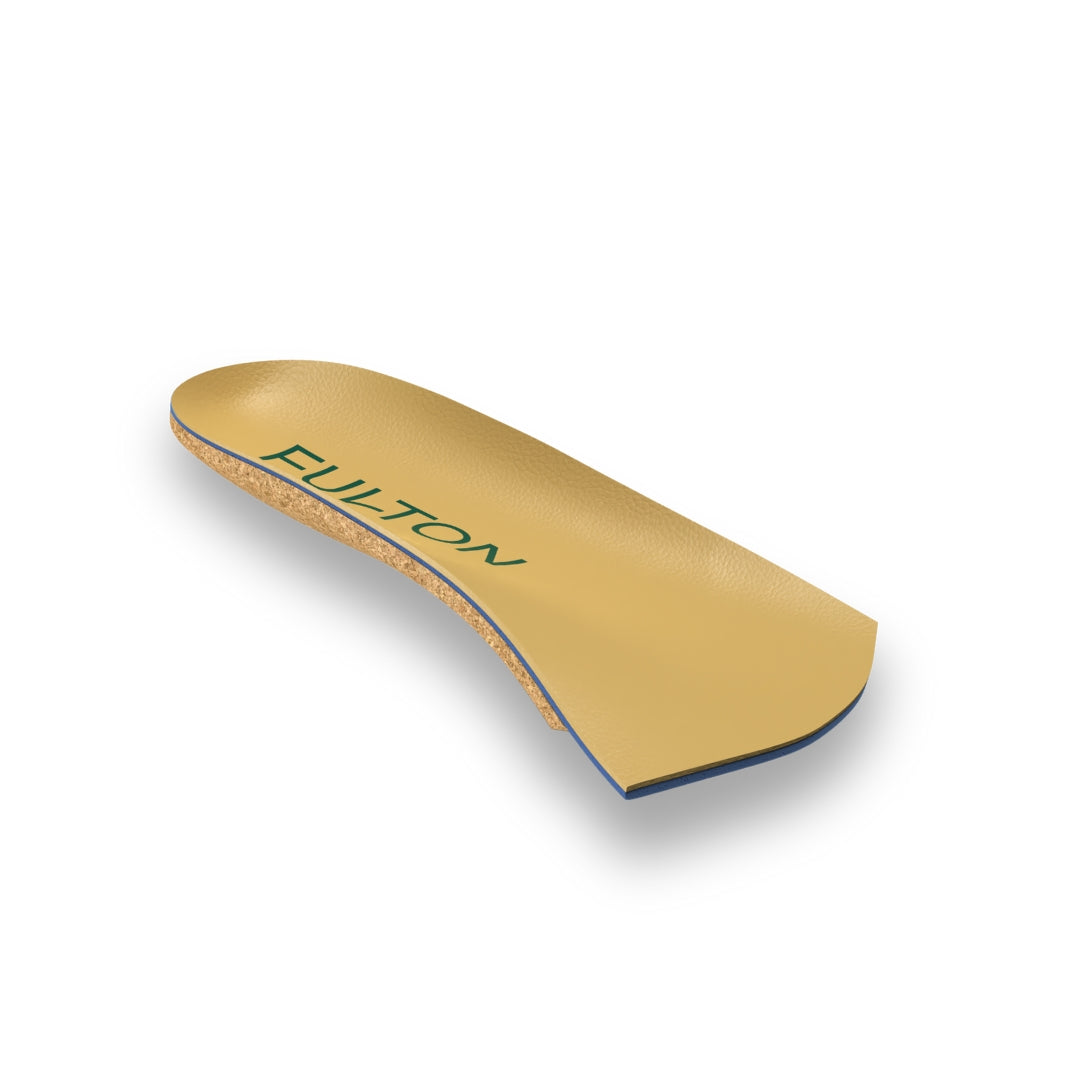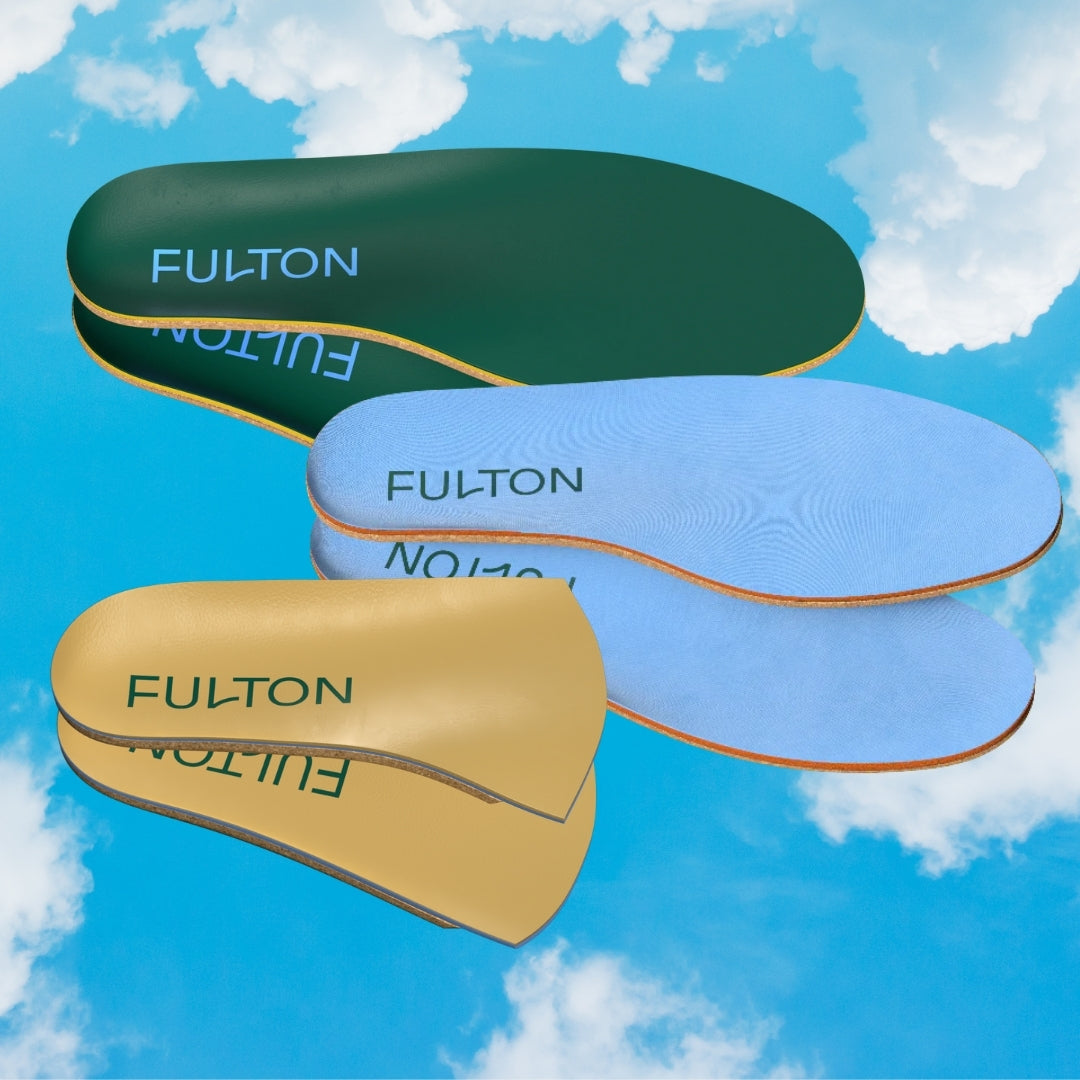What is pronation?
Pronation is the term used to describe the inward range of motion of your foot while you walk or run. Everything from the curvature of your spine and the angle of your hips to the strength of your knees and ankles can affect your pronation pattern.
Adequate pronation helps absorb the impact of movement. How your foot lands and ankle moves help you evenly distribute your weight as you push off the ball of your foot near the end of the gait cycle. Higher impact activities like running and jumping put more stress on the feet and are often when you may notice an issue (sometimes painful) with pronation.
You can have normal or average pronation, overpronation, or under pronation. Average or normal pronation is when the foot can adequately support the body weight and rolls inward by about 15 percent.
However, many people’s feet roll inward well below and above 15 percent, conditions called under and overpronating. Not everyone experiences pain when their foot rolls above or below average. However, others experience pain in the feet, ankles, knees, hips, and/or back - learn more about how the body is interconnected through the kinetic chain.
What is supination? (aka under pronation)
Supination, also known as under pronation, is when the outer part of the heel makes contact with the ground first. As the foot rolls inward, that rolling motion is less than the ideal 15 percent, putting more body weight on the outer edge of the foot. It creates a relatively small area of impact, with a concentrated rate of forces on the outside of the foot and the smaller three toes. When supination occurs, the added stress can lead to injury in the Achilles tendon, plantar fascia, and the iliotibial band.
High arches are often behind supination, making the feet roll outward. However, a tight Achilles tendon and muscle imbalances throughout the legs can also contribute to this outward rolling of the foot. Supination can also contribute to rather than be caused by muscle imbalances due to the forces it puts on the body.
What is overpronation?
Overpronation is when the mid to inside of the heel makes contact with the ground first, called a heel strike. The foot then rolls inward beyond the average 15 percent. You might notice a visible inward rolling of the ankle. People with a low arch or “flat feet” often overpronate. For some, it’s how their bodies are built, and it causes little pain. Others may experience an injury that causes the arch to collapse and could feel considerable pain because of altered body mechanics.
Overpronation can create instability in the foot and ankle, making it difficult to absorb the shock of high-impact movement. People who overpronate generally push off the first and second toes rather than evenly distributing their weight across all of the toes at the end of the gait cycle.
Consequently, the foot moves more within the shoe, which can cause skin irritation like calluses or more problematic injuries like runner's knee, Achilles tendinitis, shin splints, and plantar fasciitis that may require physical therapy.
How to fix pronated feet
If you experience pain due to your pronation pattern, there are many ways to reduce discomfort. The first is to understand your gait and how your body moves. Take a look at the bottom of your favorite pair of running shoes or everyday walking shoes.
Is the wear pattern evenly distributed? If the wear pattern is more to the outside, your feet may supinate. However, if the pattern is more to the inside or under the big toe, overpronating may be the issue. Many running shoe stores offer a gait analysis that can help you identify your pronation pattern.
Those who have an average or normal pronation pattern need little more than comfortable shoes. If you neither over nor under pronate but experience discomfort when walking or running, a supportive insole that molds to your foot's shape can help absorb shock and evenly distribute weight. Fulton insoles are a good option because they’re made of cork that fully contours to your feet over time.
How to Fix Overpronation
Some people who overpronate only experience pain when doing high-impact activities like running or jumping where their running gait is most pronounced. There are many options for reducing pain, starting with stretches and strengthening exercises that focus on the calves and arches. You may also find relief with shoes that have a low arch to better fit the natural shape of your foot.
Make sure you’re not wearing worn-out shoes. Most shoes have the structure and cushioning to last 300 to 500 miles. After a while, the tread patterns on your shoes can magnify overpronation, making the issue worse. They may look fine from the outside, but on the inside, they’re not supporting your foot the way they used to.
Another option is overpronation insoles. These insoles contour to the curves of the feet and arch to support each foot’s natural shape rather than forcing them into a predetermined shape. An insole, like Fulton Insoles that adapts to the unique shape of your foot, is one of the best options. They help absorb shock and redistribute weight for better stability.
How to Correct Supination
Correcting supination works much like treating overpronation. A shoe that fits the curve of your arch is a good starting point.
However, everyone’s foot is different, so finding the best shoes for supination will depend on the unique structure of your foot. Some people like a shoe with arch support, while others dislike the added weight of a support shoe.
Then there are supination insoles. These insoles typically have more arch support than a standard insole. Fulton insoles perform well here, too because they contour to the unique shape of each foot, even if they have different degrees of supination, much like custom orthotics for supination.
You can also focus on stretches and exercises to prevent muscle imbalances from influencing your gait. Make sure to stretch the iliotibial band, calves, and Achilles tendons. The exercises that strengthen these same areas can be helpful too.
Get to know your feet
Whether you get a gait analysis at a running shoe store or with physical therapists or just check the bottom of your favorite pair of shoes, understanding how your feet (and body) work can help you stay mobile and comfortable. Comfortable feet can reduce fatigue and injury. Even someone with average pronation can benefit from added support and cushioning to keep your weight evenly distributed and your arch fully supported.


